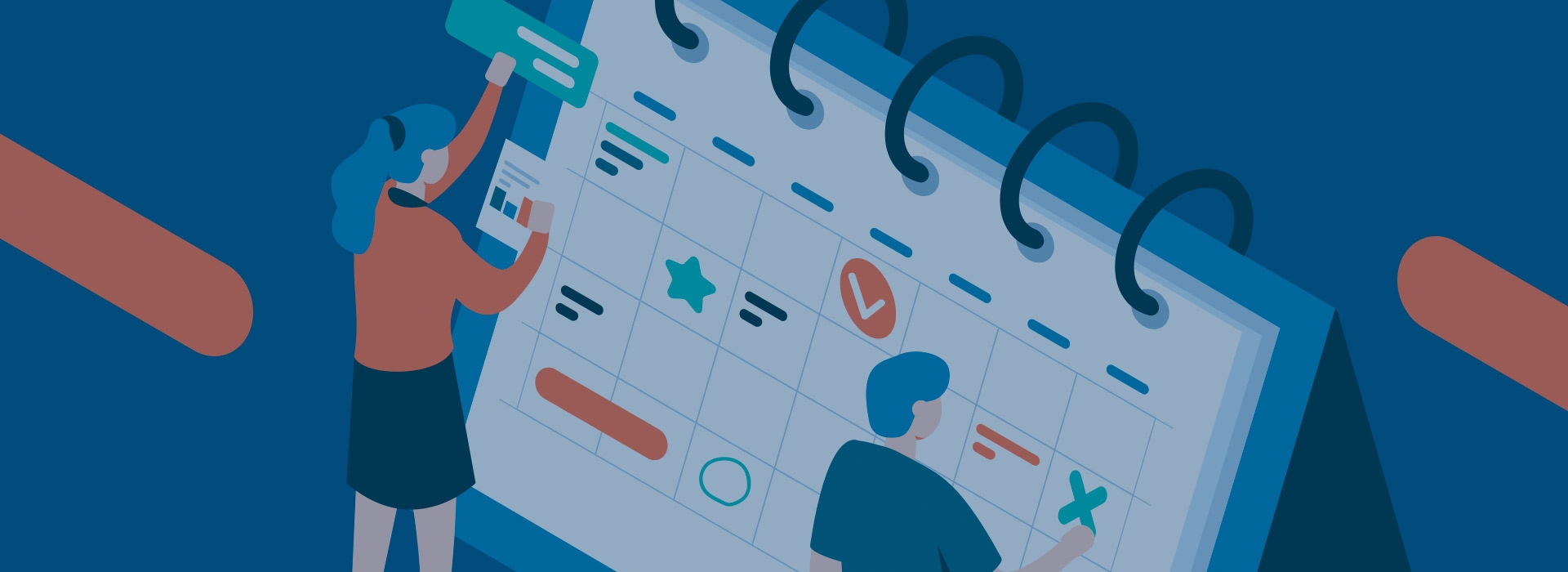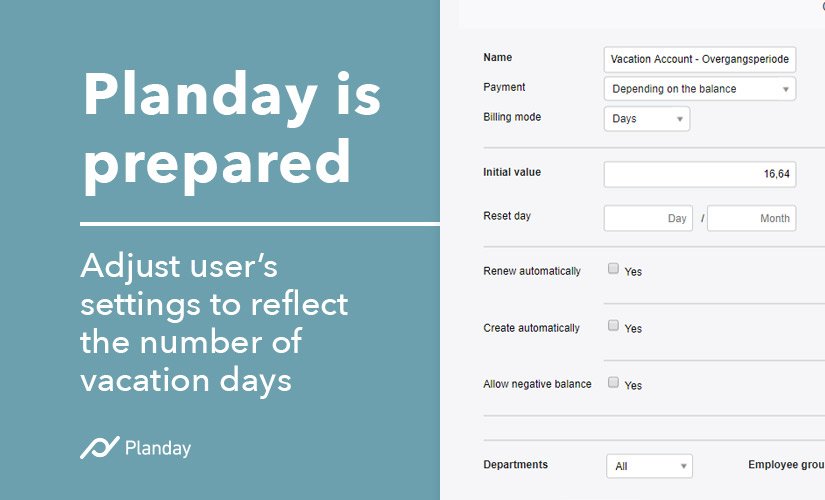
Article
5 min read
Why Use a Shift Planner?
Brett Smith
Mar 20, 2019
Chapters
Why use a shift planner
Why use a shift planner to manage your schedule and rota? The answer is simple - your employees are your greatest asset. Treat them well, and you’ll see a decrease in turnover, an increase in morale and customer satisfaction. Manage them poorly - the opposite will happen.
No matter your industry, managers like you are faced with a consistent challenge; how can you streamline your employee scheduling process, especially as your business grows? How can you keep your employees happy and meet their scheduling needs, while also meeting the needs of the business?
If you’re discovering that replacing Excel with a system that is more tailored to creating schedules sounds like a good idea, then a shift planner might be the solution you’re seeking.
What Is a Shift Planner?
A shift planner is a software suite that helps you cover shifts and make sure your business has the employees it needs at all times. Instead of keeping track of handwritten time-off requests and availability notes scribbled on notebook paper, this information is stored in the employee scheduling software.
Then, when it’s time to sit down and make a schedule, you don’t have to panic because you lost Lauren’s schedule request and now you don’t remember if she needs Tuesday or Thursday afternoons off. A shift planner will have these parameters already set in the system.
So, if you try and schedule Lauren on Tuesday afternoon, you’ll be alerted that she isn’t available. Creating a schedule that works for the business and all of your employees will never be easy, but with all of the information in the system, you’ll go into the process as prepared as you can be.
How a Shift Planner Helps Business
Below is a good example of how a shift planner is useful for keeping a business running smoothly day-to-day.
Your business is open from 9 a.m. to 9 p.m., seven days a week:
- You have 10 employees.
- Six are full-time.
- Four are part-time.
- Two of your full-time employees can only work till 6 p.m. Two other full-time employees can work later but want to start at noon. The fifth and sixth full-time employee can work any time, but one wants weekends off and the other wants Wednesday and Thursday, respectively.
- Two of your part-time employees only want to work weekends, but they both want to work evenings.
- A third wants to work four days: Monday 4 p.m. to 9 p.m., Tuesday noon to 9 p.m., Wednesday 4 p.m. to 9 p.m. and Friday 9 a.m. to 2 p.m.
- The fourth doesn’t really care when you schedule her, as long as she gets at least 20 hours a week.
Armed with all of this information, you have to create shifts and schedules that accommodate your employees as much as possible while ensuring you have enough coverage for your busier times and are not over-scheduled during your slower times.
A decade ago, you might sit down with a timesheet and all your employee requests and requirements and fill in the blanks to the best of your ability. Invariably, you would miss a request or overlook a requirement and you’d have to make last-minute changes after the schedule came out.
Making a Shift Work For Everyone
Alternately, you might take a business-first approach and limit or restrict your employees’ ability to request special schedules or time off. This would lead to unmanned shifts, disgruntled employees and a high turnover rate.
But today, after entering each employee’s requirements and requests into the rota planner software, as well as your requirements for shifts and level of coverage, you’ll be able to see everyone’s needs on the screen in front of you. If your software has a mobile app, you can communicate directly with employees through the interface in case of last-minute changes. In some shift planning tools, employees with the proper permissions can swap shifts with one another rather than creating a bottleneck as they wait for your approval.
Making a schedule may not be the highlight of your day, but a shift planning tool can bring your scheduling process out of the dark ages and free up your time (and your employees’ time) for more important tasks.
Curious to find out how Planday could help you save time and money with scheduling? Book a free, no obligations demo today!



